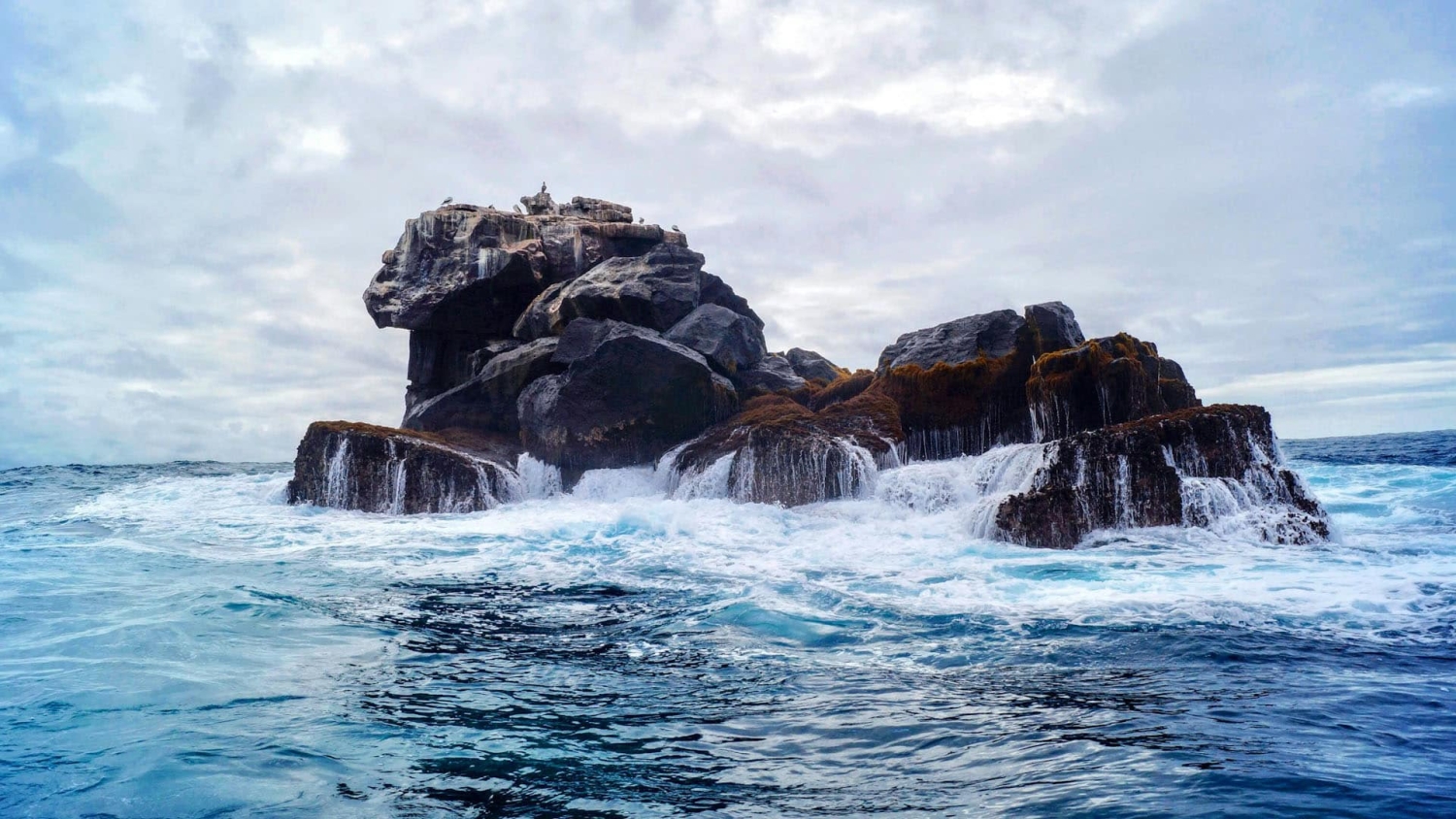Understanding Wind and Water at the Equator Key to More Accurate Future Climate Projections

Getting climate models to mimic real-time observations when it comes to warming is critical – small discrepancies can lead to misunderstandings about the rate of global warming as the climate changes. A new study from North Carolina State University and Duke University finds that when modeling warming trends in the Pacific Ocean, there is still a missing piece to the modeling puzzle: the effect of wind on ocean currents in the equatorial Pacific.
“The Pacific Ocean can act like a thermostat for the global climate,” says Sarah Larson, assistant professor of marine, earth and atmospheric sciences at NC State and coauthor of the study. “If the Pacific warms quickly, for example, it can accelerate warming globally. Similarly, if it warms at a slower pace, this can slow down our rate of global warming.”
Over the last several decades, scientists have noted a complicated warming pattern in the tropical Pacific, with eastern and western Pacific waters warming while a slight cooling effect was seen in the central Pacific close to the equator. When scientists attempted to model this warming pattern by feeding historical data into the models, they found that current models could not reproduce the observed pattern.
“These models simulate the atmosphere and the ocean’s response to what we call ‘external forcing,’ which are things like greenhouse gases and aerosols in the atmosphere,” Larson says. “However, we think models don’t accurately simulate the tropical Pacific Ocean’s response.
“We’re trying to figure out what physical processes in the models we can attribute this discrepancy to, so we looked at wind,” Larson says. “If wind is important to ocean currents and ocean currents move heat around, then we could be getting the wind-driven portion of warming wrong in the models.”
The researchers ran two different models that encompassed the same time period – one in which winds changed in response to external forcing, and one ‘decoupled’ model, in which the winds replicated those prior to the industrial revolution and did not change in response to forcing.
In the model where winds changed, warming trends followed those observed, apart from the cooling along the equator. In the decoupled model, these patterns did not appear.
“We removed wind changes from the decoupled model to better understand its effects on how the tropical Pacific climate evolved,” Larson says.
“Let’s take Galápagos Islands in the eastern Pacific as an example,” says Shineng Hu, assistant professor of earth and climate science at Duke University and study co-author. “The ocean water to the north of the equator is warmer than the equatorial water there. We found that the human-induced warming triggered westerly winds to the north of Galápagos Islands, which in turn transported the warm water beneath southward. That is what we think acts as a key process through which winds affect the tropical Pacific warming pattern.”
“What this tells us is that how the winds react to human-induced forcing like greenhouse gases is incredibly important to determining how quickly the tropical Pacific warms and so far, the winds are changing in ways the models didn’t anticipate,” Larson says. “We know that wind is the key, but this finding points to an urgent need to better simulate equatorial oceanic processes and thermal structures to create more accurate models.”
The work appears in Nature Communications and was supported by the National Science Foundation (grant AGS-1951713). Shuo Fu, a graduate student visiting Hu’s lab at Duke from Ocean University of China, is first author. Xiao-Tong Zheng from Ocean University of China, Yiqun Tian of Duke and Kay McMonigal of NC State also contributed to the work.
-peake-
Note to editors: An abstract follows.
“Historical changes in wind-driven ocean circulation drive pattern of Pacific warming”
DOI: 10.1038/s41467-024-45677-2
Authors: Shuo Fu, Xiao-Tong Zheng, Ocean University of China; Shineng Hu, Yiqun Tian, Duke University; Kay McMonigal, Sarah Larson, North Carolina State University
Published: Feb. 26, 2024 in Nature Communications
Abstract:
The tropical Pacific warming pattern since the 1950s exhibits two warming centers in the western Pacific (WP) and eastern Pacific (EP), encompassing an equatorial central Pacific (CP) cooling and a hemispheric asymmetry in the subtropical EP. The underlying mechanisms of this warming pattern remain debated. Here, we conduct ocean heat decompositions of two coupled model large ensembles to unfold the role of wind-driven ocean circulation. When wind changes are suppressed, historical radiative forcing induces a subtropical northeastern Pacific warming, thus causing a hemispheric asymmetry that extends toward the tropical WP. The tropical EP warming is instead induced by the cross-equatorial winds associated with the hemispheric asymmetry, and its driving mechanism is southward warm Ekman advection due to the off-equatorial westerly wind anomalies around 5°N, not vertical thermocline adjustment. Climate models fail to capture the observed CP cooling, suggesting an urgent need to better simulate equatorial oceanic processes and thermal structures.